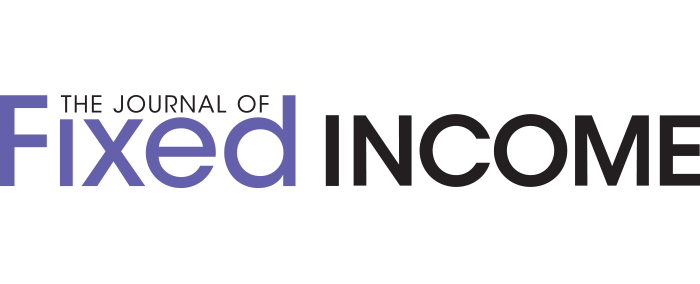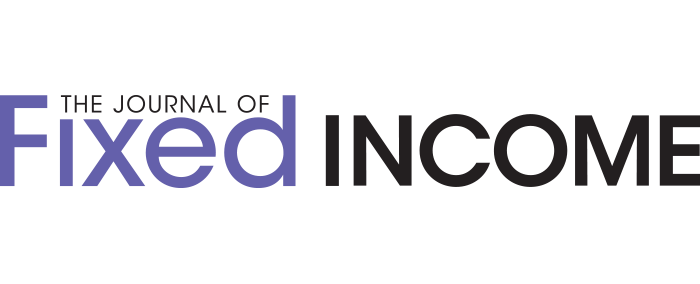In the midst of this recession, there is a great deal of uncertainty over the extent of forthcoming corporate defaults. In this issue of The Journal of Fixed Income, we begin with an article by Padma Kadiyala and Sugato Chakravarty concerning the estimation of default probability and the recovery rate implicit in the company's stock and bond prices. They provide evidence on the interaction of default probability and recovery rate in determining financial distress. For example, they find that a high recovery rate offsets a high probability of default in high book to market firms. In the next article, Dror Parnes provides a thorough examination of the bankruptcy process and its associated costs. He then develops a framework for estimating expected losses on a portfolio of debt securities associated with these events.
The current recession is also providing an opportunity to observe how well the credit default swap market is functioning under stress. Auctions may be used to settle CDS trades of defaulting firms, and hence, establish a uniform recovery price for its debt. In the next article, Jean Helwege, Samuel Maurer, Asani Sarkar, and Yuan Wang find no evidence of inefficiency in these auctions. Participation was generally high and estimates of the recovery rate from secondary bond market prices are close to the CDS auction price. Research professionals must be cognizant of the quality of their data. In the next article, Jens Dick-Nielsen examines the use of the popular transactions database TRACE for corporate bonds. He estimates the substantial biases for liquidity measures associated with ignoring the database errors and suggests solutions.
In the mortgage market there is always a question of good security selection versus hedging error. In the next article, Michael Landrigen and Yury Gryazin design an optimal static hedge that more fully takes negative convexity into account through spread variance minimization. Their simulation results provide ample justification for their methodology.
Economic cycles generally have several common factors and some unique ones. In the next article, Gerald Buetow, Jr., Frank Fabozzi, and Brian Henderson find that the typical pattern of higher returns and lower standard deviations for bonds during expansive as opposed to restrictive monetary policy periods is not present in recent years. They find that changes in the level of rates contain more uniqueness while changes in slope and curvature are more consistent.
Finally, the Federal Reserve has created several programs in order to stabilize the fixed income markets and improve liquidity during this ongoing financial crisis. One such recent innovation is the TALF (Term Asset-Backed Securities Loan Facility) in which the investor has the ability to borrow against eligible collateral. Vineer Bhansali and Mark Wise note that the non-recourse feature in the program is equivalent to a put option for each asset in the portfolio and demonstrate the considerable value of a portfolio of puts relative to a put on the entire portfolio.
We hope you enjoy this issue of The Journal of Fixed Income. Your continued support of the Journal is greatly appreciated.
TOPICS: Fixed income and structured finance, fixed-income portfolio management, portfolio theory
Stanley J. Kon
Editor
- © 2009 Pageant Media Ltd

